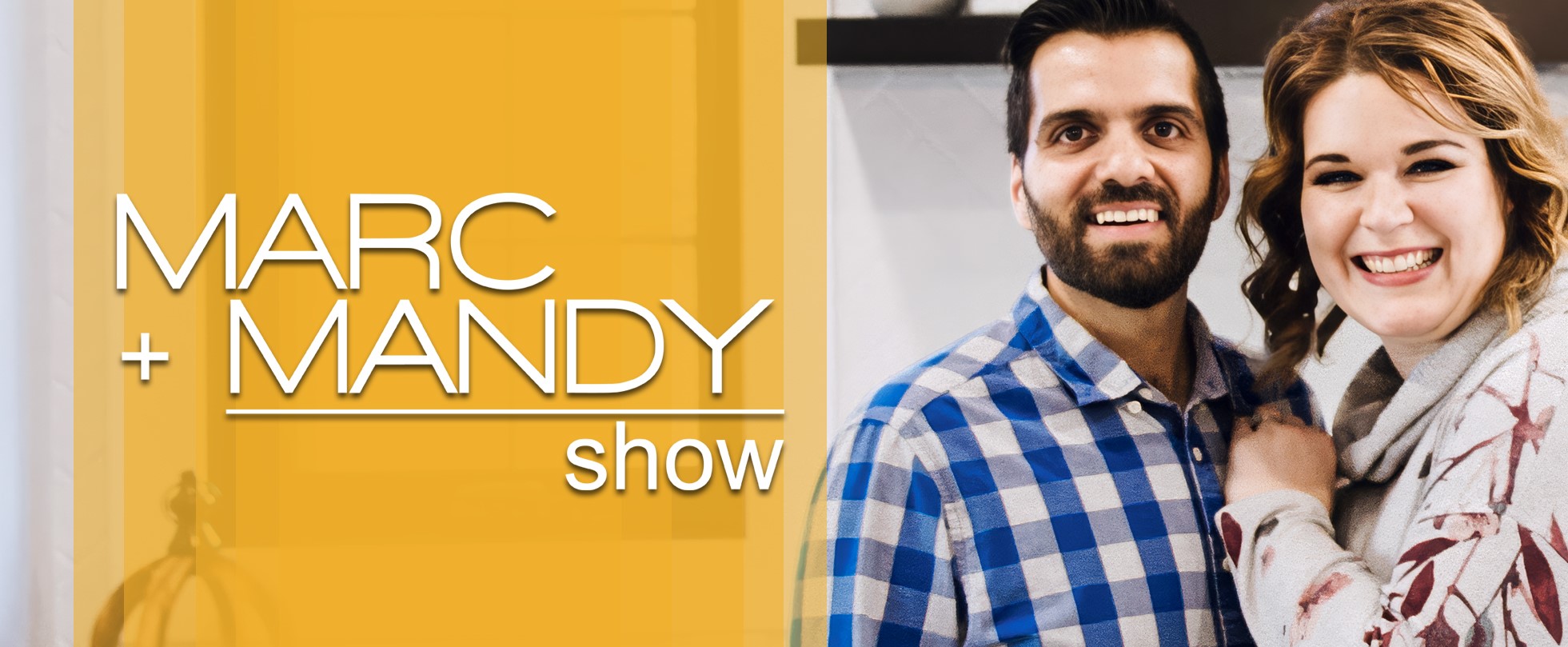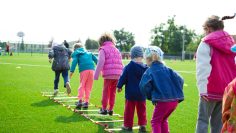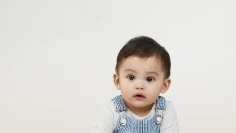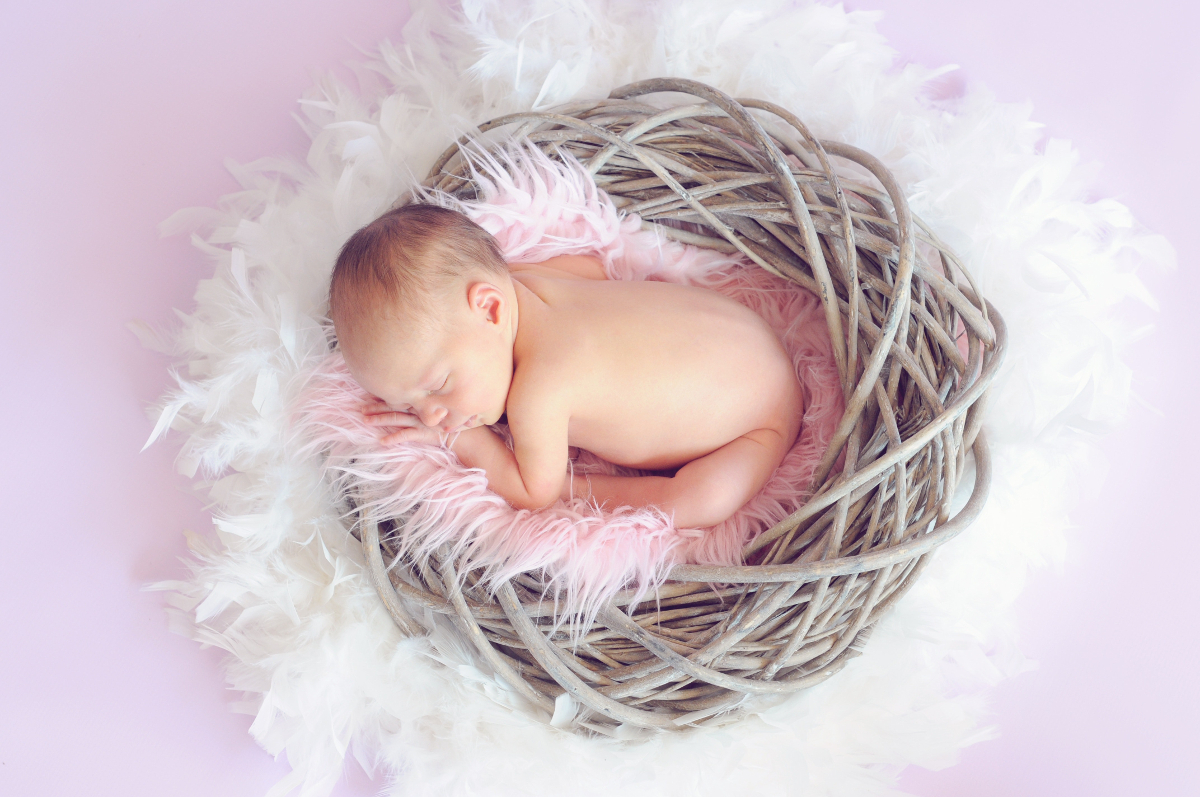
5 Tips for Raising a Safe, Eco-Friendly Baby
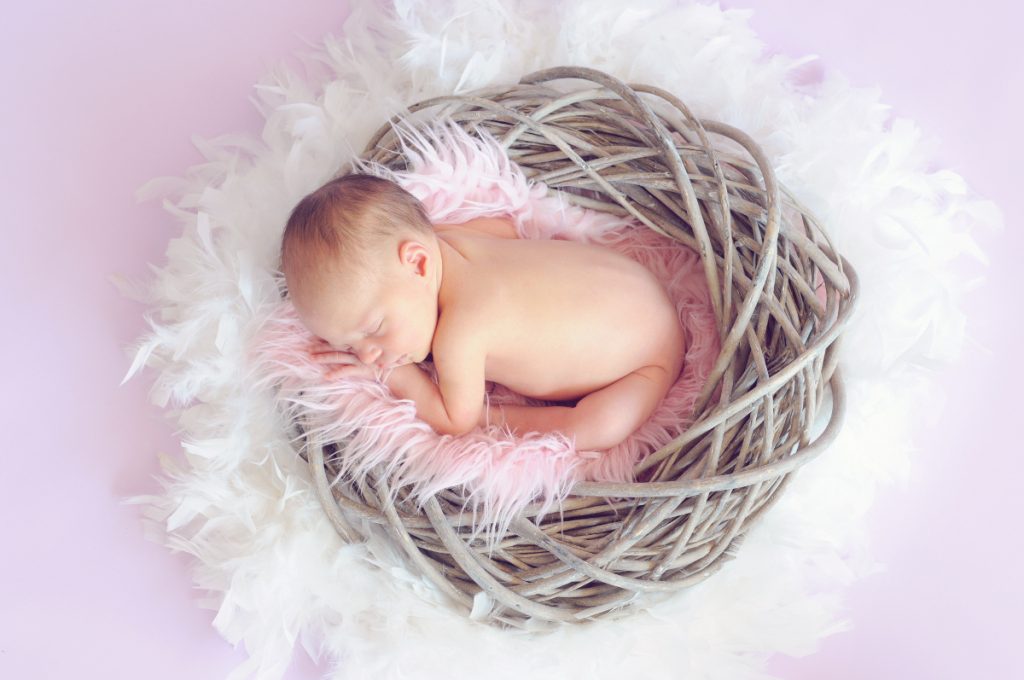
Eco-friendly Baby – All parents want the best for their baby; yet, many baby products are made from materials that are created using chemicals, and those chemicals can continue to slowly release toxins long after the manufacturing process has been completed. When you want the best for your baby, go for products that are made from organic materials and are not only good for your baby, but good for the environment.
1. Breastfeeding
If you’re still on the fence about breastfeeding, there are numerous reasons why breastfeeding is the best choice for your baby and the environment. Studies have shown that breast milk helps your baby fight off infection and illness during his or her first year of life. It also contains the right combination of nutrients for your eco-friendly baby’s development.
Formula and baby bottles use plastic, and the creation of plastic releases chemicals into the environment. There is also an increased risk that your baby could develop allergies and have a greater risk of developing pneumonia when formula-fed versus breastfed.
2. Cloth Diapers?
There was a time when cloth diapers were the only option for the eco-conscious consumer and eco-friendly baby. Cloth diapers can be a messy business, so it was tempting for parents to go the way of disposable diapers. Since a baby will likely go through 5,000 diapers or more by the time he or she is potty-trained, that’s a lot of diapers going into landfills.
Thankfully, there are now alternatives to cloth diapers. There are several manufacturers of plant-based and sustainable diapers that are also free of chemicals and fragrances, so your baby can stay dry and free of contaminants.
3. Baby Clothing and Organic Fibers
Many synthetic fibers are created through chemical processes and most are manufactured using oil, coal or natural gas. The manufacturing of them also adds to plastic pollution. With so many dangerous traits, it’s a wonder synthetic fibers remain popular.
There are a number of baby and toddler clothing lines that create their styles from 100% organic cotton. Organic baby clothes are certified to be free of cotton pesticides, insecticides and herbicides in addition to any of the harmful substances found on synthetic fibers. This reduces the chance of irritation on your baby’s soft and delicate skin.
4. Crib Mattress
Many parents don’t realize just how bad a crib mattress actually is. By the time the manufacturing process for a crib mattress has been completed, it has been through several chemical processes, including petroleum, formaldehyde and chemical plasticizers. While they may be fire retardant and waterproof by the time it’s all said and done, chemicals can still be released and inhaled long after they’ve arrived in the home.
Today, there are numerous organic mattresses on the market. Many are made using 100% organic cotton and other plant-based materials. Other materials include coconut fibers, lambswool and plant-based oils. To give your baby the absolute best, make sure the mattress you buy is entirely chemical-free.
5. Make Your Own Eco-friendly Baby Food
Many popular brands of baby foods on the market may contain natural ingredients free of preservatives, but the produce used to make the baby food may have been exposed to pesticides and insecticides. This means the food used is not organic. Plus, research has found baby foods contain dangerous substances such as arsenic, cadmium and lead. Other research found 95% of baby foods contained toxic metals.
Making baby food is easy. Simply puree the fruit or vegetable you want to feed your baby. If you make it in bulk and freeze it you can save yourself some time. Best of all, you know exactly what’s going into your baby’s body.
Going sustainable isn’t just good for the earth, it’s what’s best for your little one. Always be informed of the products you introduce to your baby to keep him or her healthy and strong.
